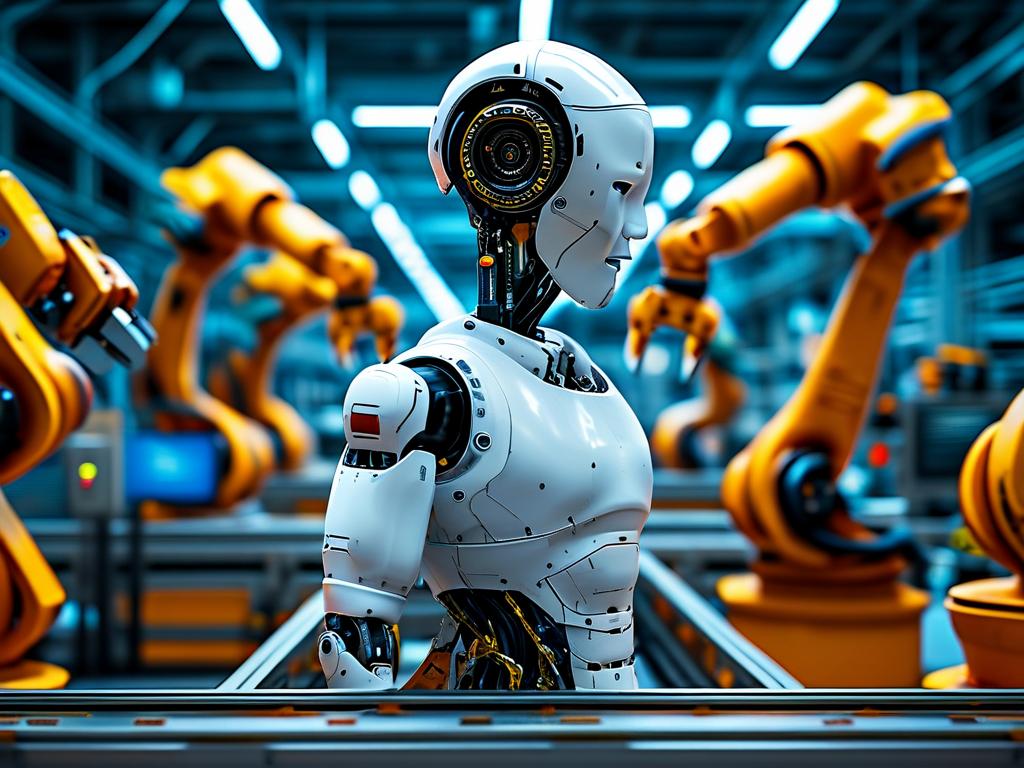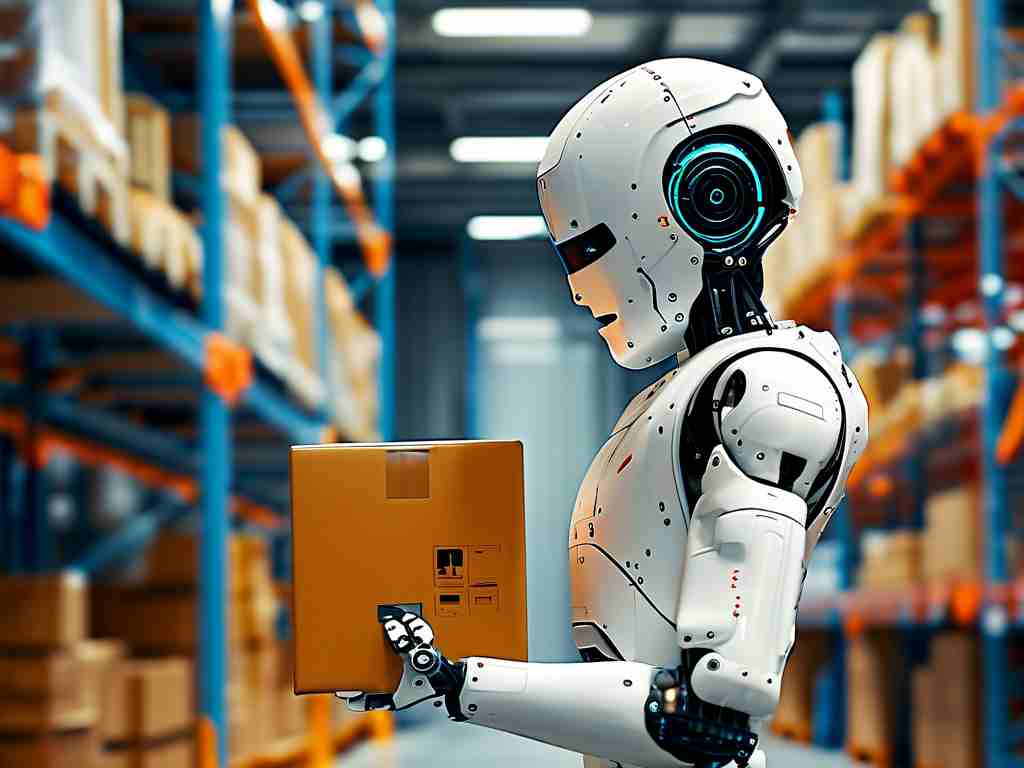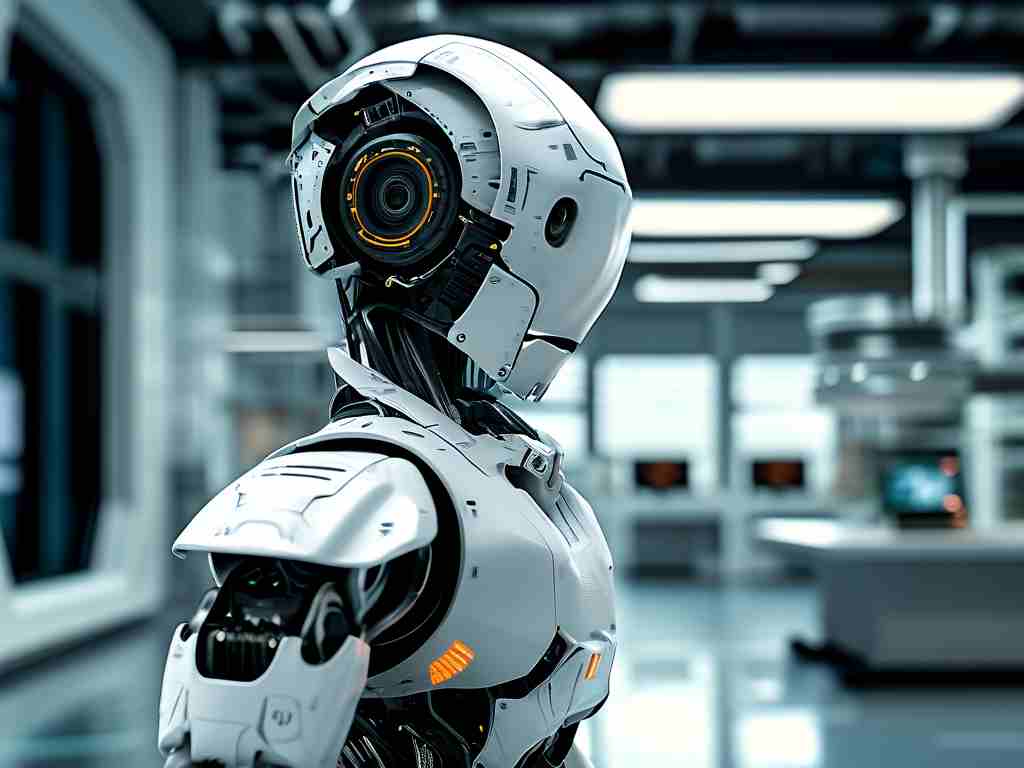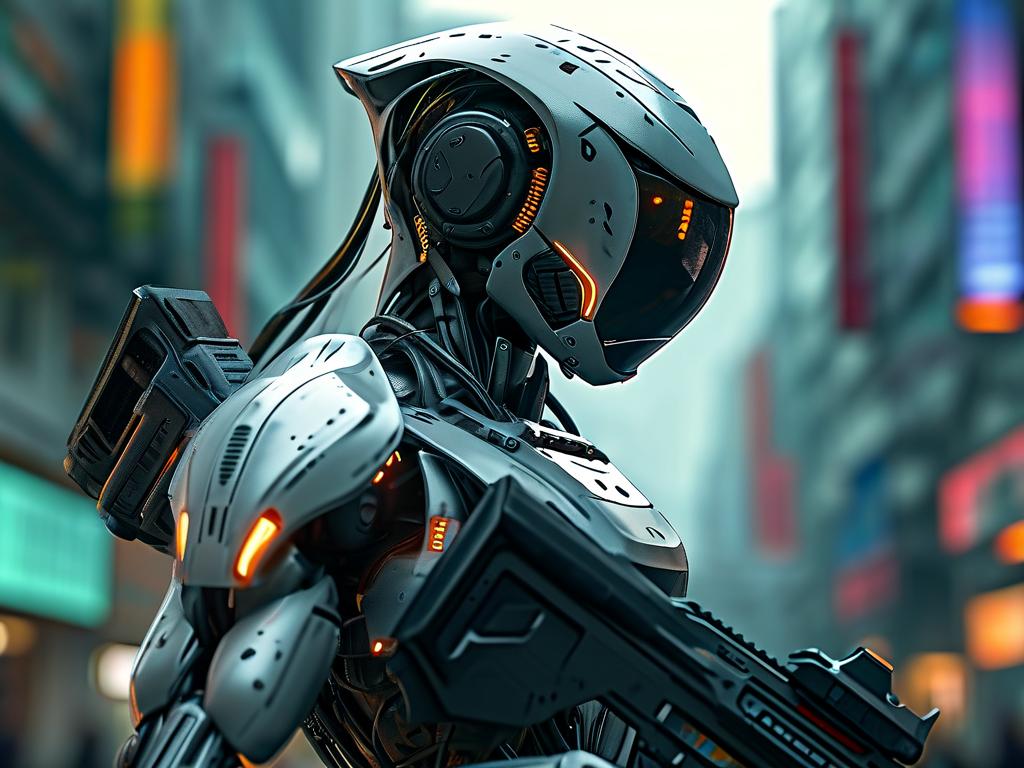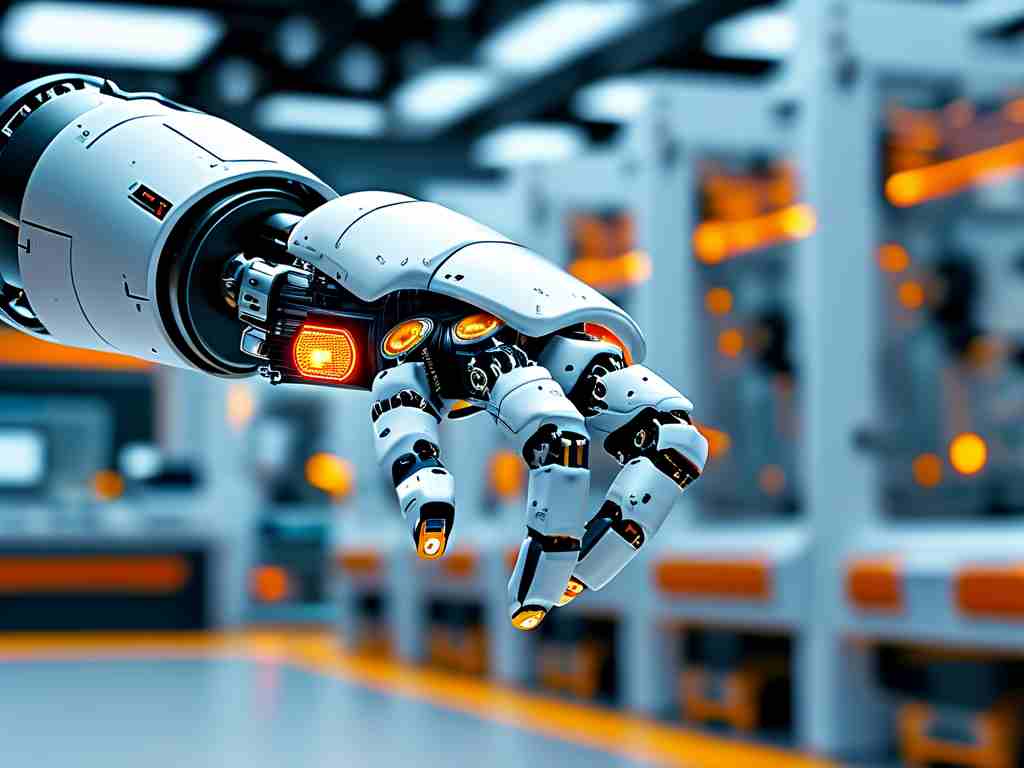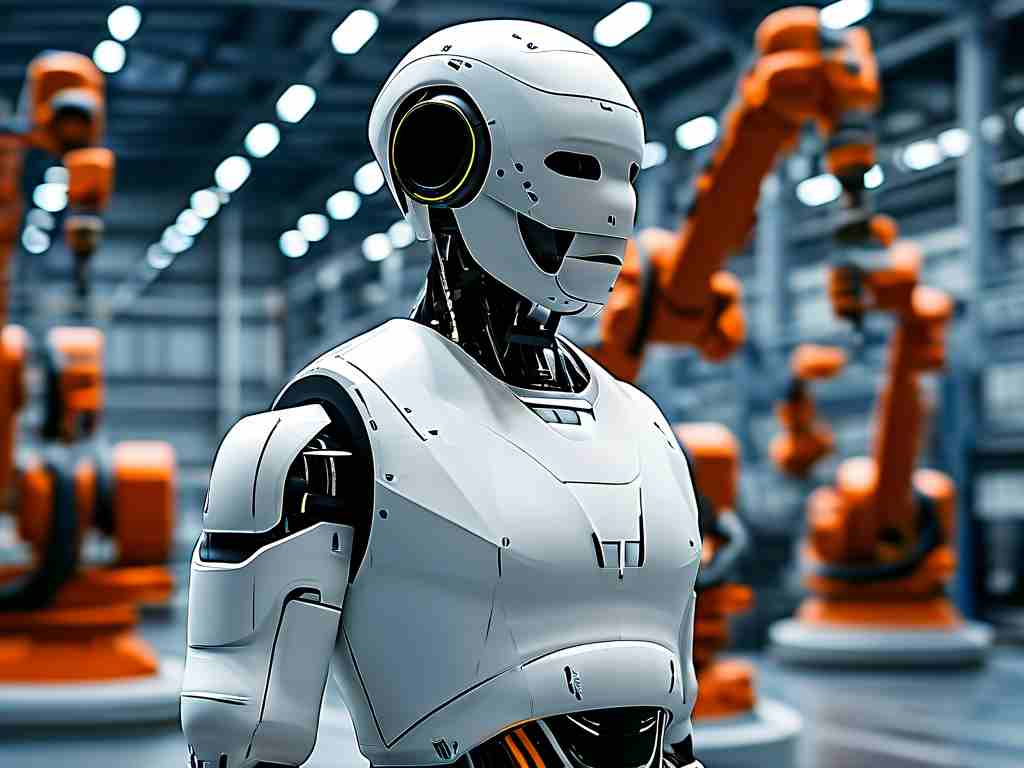The concept of robotic avatar technology has emerged as a groundbreaking innovation in human-machine interaction, enabling users to project their presence and actions across physical distances. At its core, this technology combines advanced robotics, real-time sensor networks, and intuitive control interfaces to create synchronized "copies" of human operators. Unlike traditional teleoperation systems, robotic avatars prioritize seamless motion replication and environmental adaptability, offering transformative applications in healthcare, industrial maintenance, and disaster response.
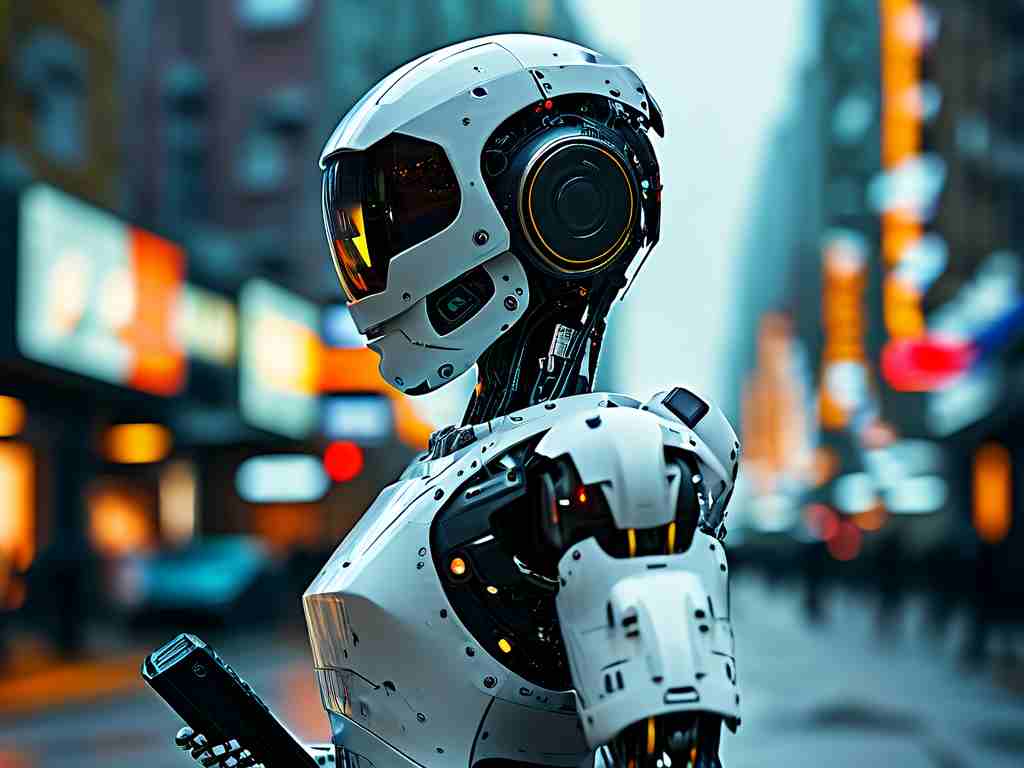
Technical Foundations
Robotic avatar systems rely on three interconnected components: motion capture, data transmission, and actuator synchronization. High-precision inertial measurement units (IMUs) and computer vision track the operator's movements, translating gestures, gait patterns, and even facial expressions into digital signals. These signals are transmitted via low-latency networks to robotic units equipped with servo motors and hydraulic joints. A critical innovation lies in bidirectional haptic feedback systems, where force sensors on the robot send tactile data back to the operator's gloves or exoskeleton, creating a closed-loop interaction.
For instance, in a medical scenario, a surgeon's hand tremors detected by the robot's pressure sensors could trigger automatic stabilization algorithms while preserving intentional movements. This duality of human control and machine-assisted correction exemplifies the technology's adaptive nature.
Computational Architecture
Edge computing plays a pivotal role in minimizing latency. By processing raw sensor data locally on the robot before transmitting compressed actionable commands, systems achieve response times under 20 milliseconds – a threshold crucial for real-time operation. Machine learning models further enhance performance through predictive motion modeling. By analyzing historical operator behavior, robots anticipate movements like reaching for tools or adjusting grip strength, reducing cognitive load.
A Python-based simulation snippet demonstrates this predictive logic:
def predict_movement(trajectory_history):
# Use LSTM model to forecast next positional delta
model = load_model('avatar_lstm_v12.h5')
predicted_delta = model.predict(np.array([trajectory_history[-50:




